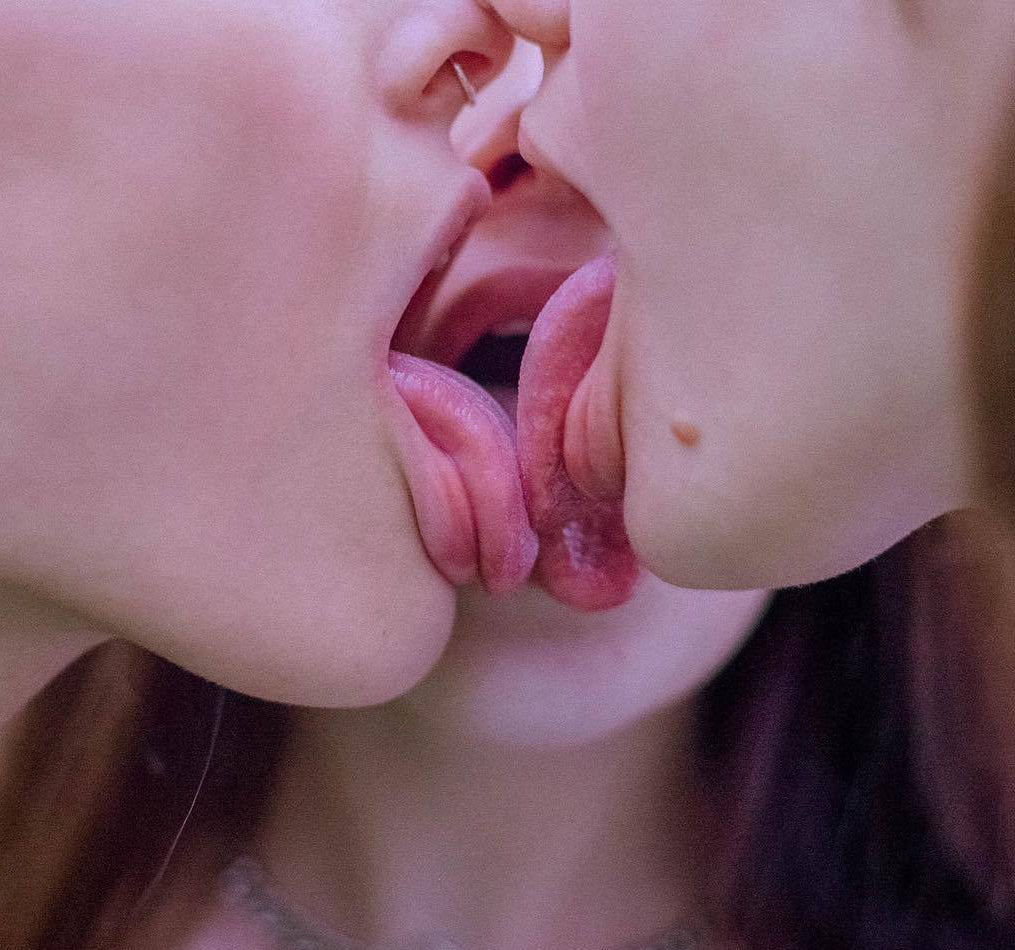
At nympho life, the erotic intelligence hub, we embark on a journey to unravel the intricacies of female anatomy—the vagina and the vulva. Understanding these terms and their significance not only enhances sexual knowledge but also promotes a deeper appreciation of feminine sexuality and pleasure. Join us as we explore the anatomy, historical context, cultural references, and practical tips for exploring your own vulva and your partner's, while learning how to touch it for maximum pleasure.
Anatomy of the Vulva and Vagina
Vulva: The vulva refers to the external genitalia of female-bodied individuals and includes several distinct parts:
- Mons Pubis: The rounded area over the pubic bone, often covered with pubic hair.
- Labia Majora: The outer folds of skin, typically larger and hair-covered, protecting the inner genitalia.
- Labia Minora: Inner folds of skin, often thinner and more sensitive, surrounding the vaginal and urethral openings.
- Clitoris: A highly sensitive erectile organ located at the top of the vulva, crucial for sexual arousal and pleasure.
- Vestibule: The space between the labia minora containing the vaginal and urethral openings.
Vagina: The vagina is the internal canal that connects the vulva to the cervix and uterus. It plays a central role in sexual intercourse, childbirth, and menstruation.
Understanding the distinction between the vulva and vagina is essential for accurate anatomical knowledge and effective sexual communication.
Historical and Cultural Context
Throughout history, perceptions of female genitalia have varied:
- Ancient Cultures: Many ancient civilizations revered the female form, with references to fertility goddesses and symbols of feminine power.
- Medieval Period: Attitudes towards female sexuality often reflected societal restrictions and misconceptions, leading to a lack of understanding and misinformation about female anatomy.
- Modern Perspectives: The 20th and 21st centuries have seen a resurgence in interest and advocacy for accurate sexual education and awareness of female pleasure.
Authors like Sophia Wallace ("Cliteracy") and Emily Nagoski ("Come As You Are") have contributed to the contemporary understanding of female sexuality, challenging misconceptions and promoting empowerment.
How to Explore Your Vulva
Exploring your own vulva is a journey of self-discovery and empowerment:
- Self-Examination: Use a mirror to familiarize yourself with the different parts of your vulva—mons pubis, labia majora, labia minora, clitoris, and vestibule.
- Touch Exploration: Experiment with different types of touch and pressure. Start with gentle strokes and explore what feels pleasurable.
- Clitoral Stimulation: The clitoris is highly sensitive. Experiment with direct and indirect stimulation to discover what brings you pleasure.
- Inner Exploration: Explore the sensations of the vaginal opening and inner labia. Use lubrication to enhance comfort and pleasure.
How to Explore Your Partner's Vulva
When exploring your partner's vulva, communication and consent are essential:
- Communication: Discuss preferences, boundaries, and comfort levels before engaging in sexual activity.
- Gentle Touch: Start with soft, exploratory touches around the vulva. Pay attention to your partner's responses and adjust your technique accordingly.
- Clitoral Stimulation: Focus on the clitoris, using gentle strokes or oral stimulation. Communication is key to understanding what feels pleasurable.
- Variety in Touch: Experiment with different types of touch—circular motions, light tapping, or gentle massage—to explore what your partner enjoys.
Essential Reading
For those seeking to deepen their understanding of female anatomy and sexuality, consider these insightful reads:
- "Cliteracy" by Sophia Wallace: An art project that explores and celebrates the clitoris, challenging myths and promoting awareness.
- "Come As You Are" by Emily Nagoski: A guide to understanding female sexuality, emphasizing the importance of context and individual differences.
- "The Vagina Bible" by Dr. Jen Gunter: A comprehensive guide to vaginal health, dispelling myths and providing evidence-based information.
Conclusion
The vulva and vagina represent not only physical anatomy but also symbols of feminine identity, power, and pleasure. By understanding their anatomy, exploring their historical and cultural significance, and embracing contemporary insights, we can celebrate and empower female sexuality. Whether through personal exploration or shared intimacy, discovering the nuances of the vulva is a journey of self-discovery, pleasure, and erotic intelligence. Join us at nympho life as we continue to explore and celebrate the wonders of female anatomy and sexuality.
📷 Photo source: https://en.wikipedia.org/wiki/File:Organ_Rose.jpg




Leave a comment